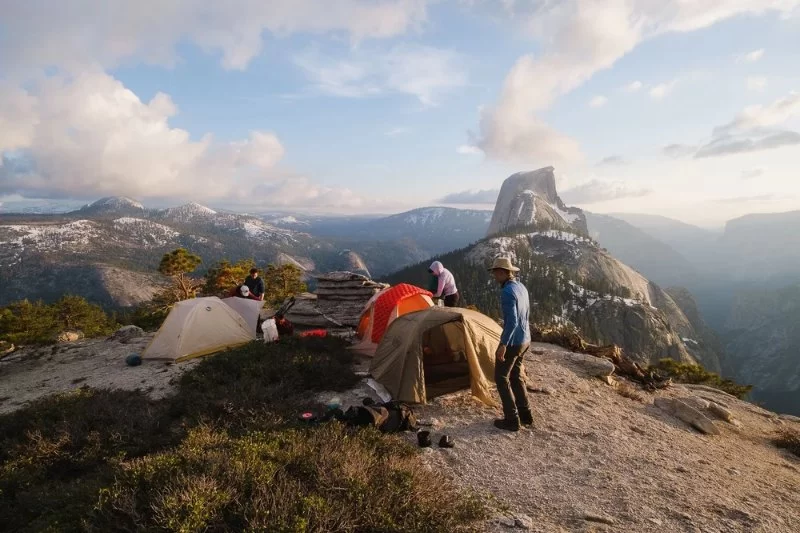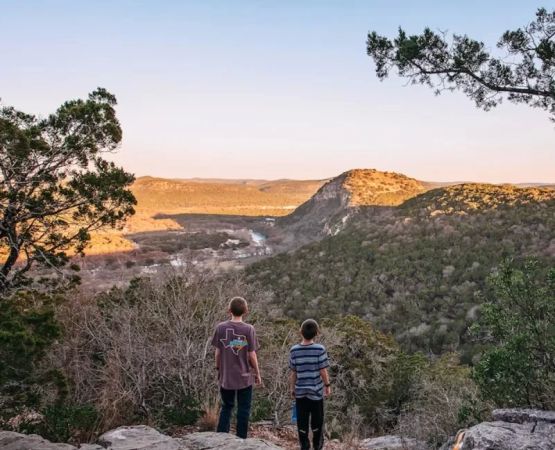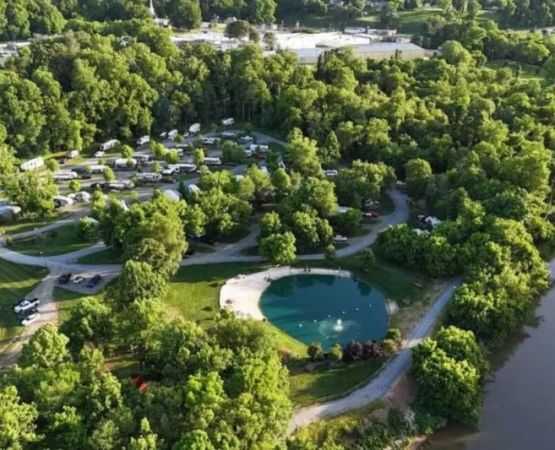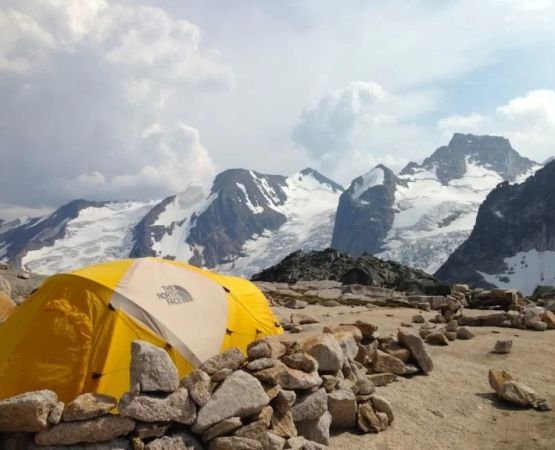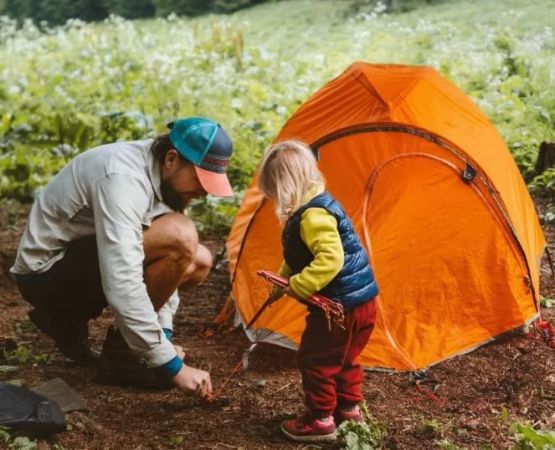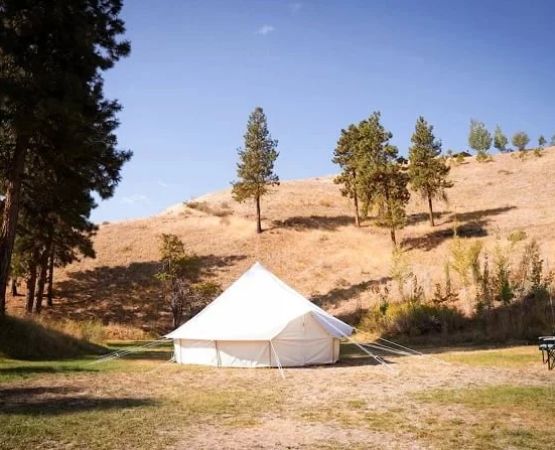- What-Is-Escarpment-Valley-Camping
- Preparing-for-the-Journey
- Setting-Up-Camp-in-Transition-Zones
- Safety-and-Environmental-Considerations
- Local-Recommendations-and-Resources
1. What Is Escarpment-Valley Camping?
Camping in escarpment-valley transitions offers one of the most unique outdoor experiences available in the United States. These areas sit between high ridges and deep valleys, creating a landscape that blends rugged cliffs, lush greenery, and winding rivers. The combination of elevation change and diverse ecosystems provides both a challenge and an adventure for outdoor enthusiasts. Many experienced campers seek these areas for their mix of scenic beauty and solitude.
The key to understanding how to camp effectively in such terrains lies in preparation and respect for nature. Escarpment zones can have sudden weather shifts, rocky grounds, and limited flat surfaces for pitching tents. But with the right approach, they offer stunning sunrise views, tranquil nights, and the sense of discovery that defines true wilderness exploration.
2. Preparing for the Journey
2.1 Research the Terrain
Before heading into any escarpment-valley transition, study detailed topographic maps. Many U.S. national parks such as those near the Great Lakes or the Appalachian escarpment feature online trail maps showing elevation, slope angles, and water sources. Always identify potential camping zones before arrival.
2.2 Pack Smartly for Variable Conditions
Weather can change quickly in transition areas. Campers should pack both lightweight layers for sunny afternoons and insulated gear for cooler nights. Bring sturdy hiking boots for steep trails and a waterproof tent with durable stakes for rocky soil. A portable stove and a compact filtration system are essential since streams may not always be accessible.
2.3 Choose Sustainable Equipment
Given the fragile ecosystem of escarpment valleys, eco-friendly gear is a must. Reusable cookware, solar-powered lanterns, and biodegradable soaps help minimize human impact. For reliable outdoor products tailored for American conditions, visitors can explore offerings from Pine Cliff Resort—a trusted platform for premium camping equipment and eco-conscious gear designed for rugged landscapes.
3. Setting Up Camp in Transition Zones
3.1 Selecting a Campsite
Always set up camp at least 200 feet away from cliffs or riverbanks to avoid erosion and potential rockfalls. Look for slightly elevated, flat areas that provide good drainage. Avoid disturbing vegetation—these ecosystems recover slowly due to thin soil layers. Campers in Wisconsin’s Niagara Escarpment region, for example, often choose sites surrounded by small clearings to balance safety and scenic beauty.
3.2 Managing Fire and Waste
Fires can be dangerous in escarpment areas where wind channels through narrow valleys. Use a portable fire pit or camp stove instead of building open fires. Always pack out trash and avoid burying waste; soil erosion can easily uncover it later. Compostable waste should be sealed and carried until it can be properly disposed of in designated bins.
3.3 Staying Connected and Safe
Cell reception can be inconsistent. Always inform someone of your route and expected return time. A small emergency beacon or GPS tracker is a wise investment for remote areas. First aid kits should include bandages suitable for abrasions caused by rocky surfaces and repellents for valley insects, which thrive near damp zones.
4. Safety and Environmental Considerations
4.1 Understanding Wildlife Behavior
Escarpment valleys often host diverse wildlife such as deer, foxes, and occasionally black bears. Avoid storing food near your tent—use bear-resistant containers when possible. At night, use low-light headlamps to minimize disruption to nocturnal species. Remember that even small disturbances can alter the feeding patterns of native animals.
4.2 Weather and Geological Awareness
Flash floods are one of the main risks in valley regions. Always check weather forecasts before departure and be ready to relocate your camp if rainfall increases. Rockslides can also occur after heavy rain, so stay clear of steep cliffs. Local ranger stations and outfitters like Pine Cliff Resort can provide current safety bulletins and gear suited for such terrain.
4.3 Leave No Trace Principles
Practicing “Leave No Trace” is non-negotiable in transitional landscapes. Stick to existing trails, avoid cutting switchbacks, and leave natural objects like rocks and logs untouched. Every small action helps preserve the beauty and balance of these delicate ecosystems for future adventurers.
5. Local Recommendations and Resources
If you’re new to camping in escarpment-valley environments, consider starting at managed areas that offer guided experiences. Regions in New York’s Hudson Valley or the Ozark Plateau in Arkansas are beginner-friendly yet scenic. Many visitors have shared that stopping by Pine Cliff Resort before the trip provided them with the perfect mix of camping tools, comfort accessories, and safety equipment to make their journey smoother and safer.
Exploring these landscapes is about more than pitching a tent—it’s about embracing the rhythm of nature, learning its challenges, and leaving with stories worth telling. Whether you’re gazing across a misty cliff edge at dawn or listening to the quiet murmur of a hidden creek, camping in escarpment-valley transitions reminds us why the outdoors still holds endless magic for those willing to seek it.

